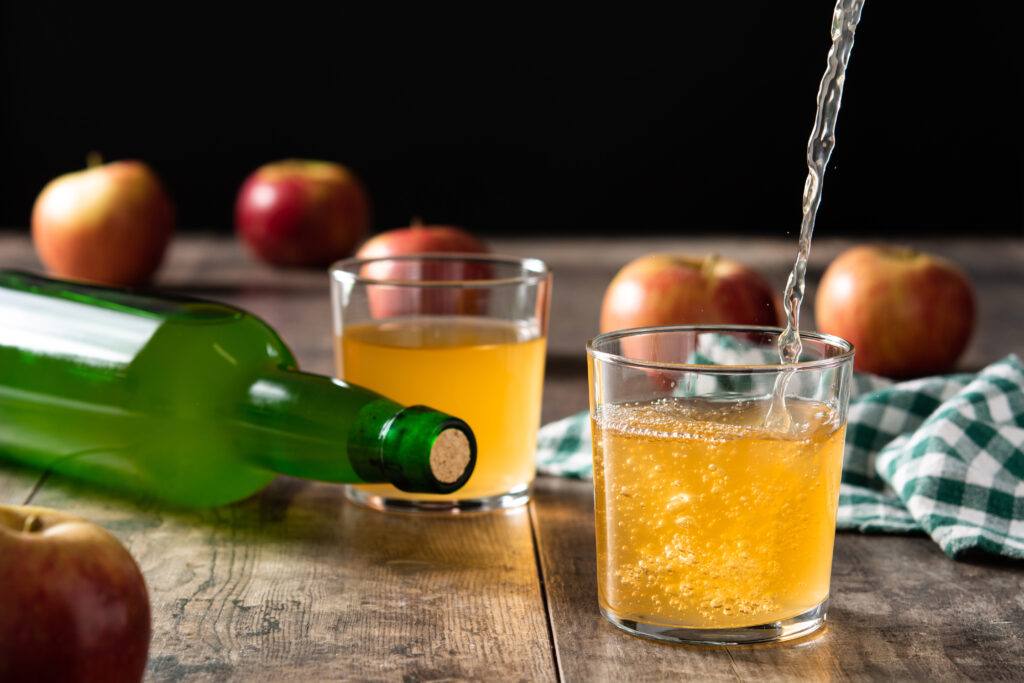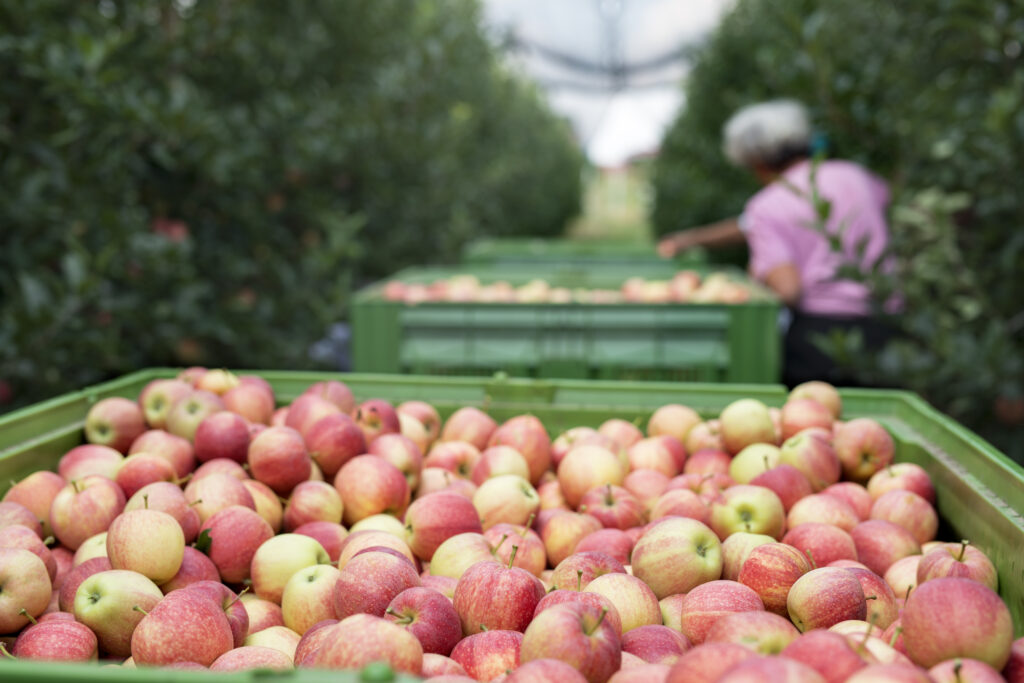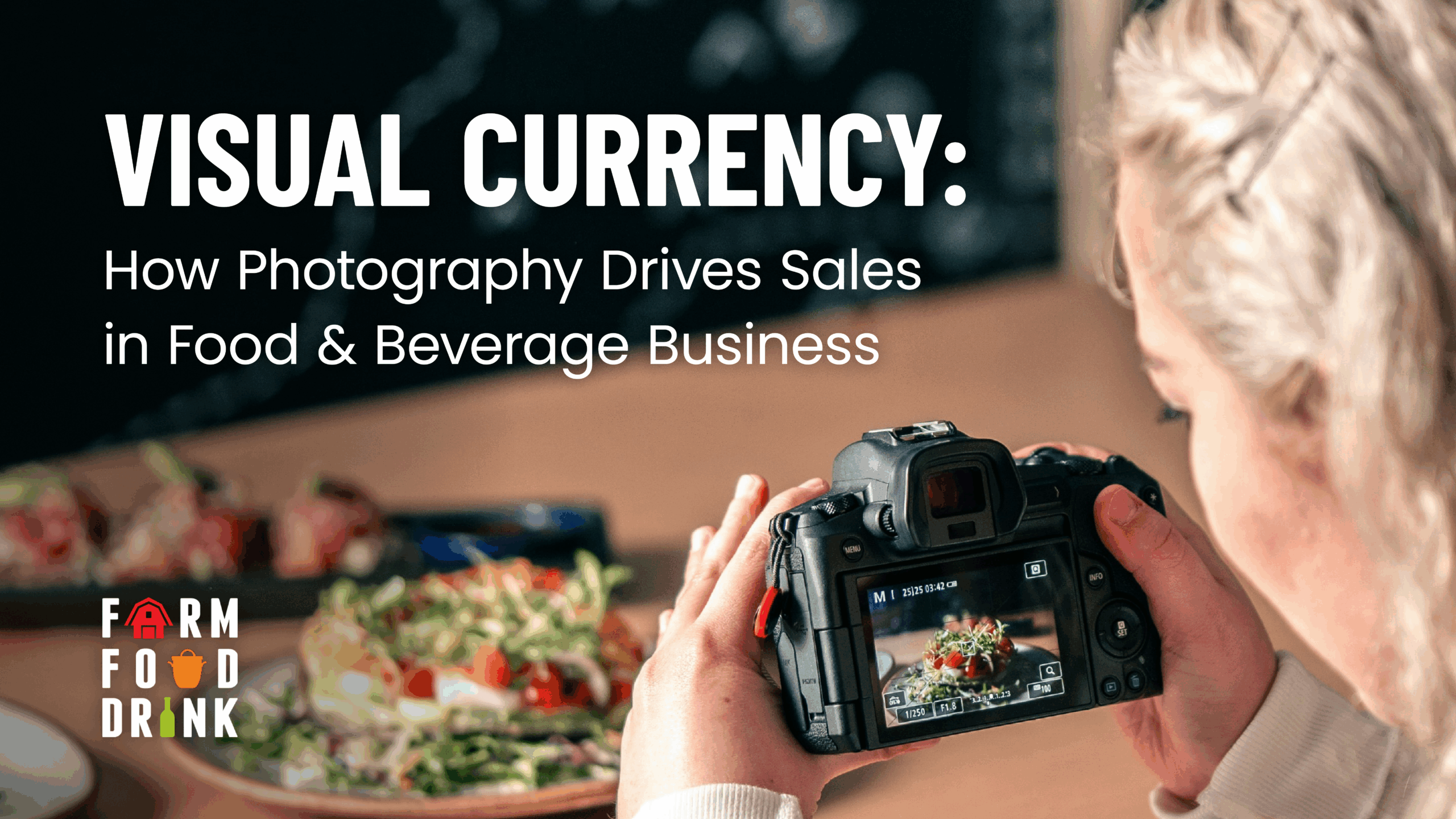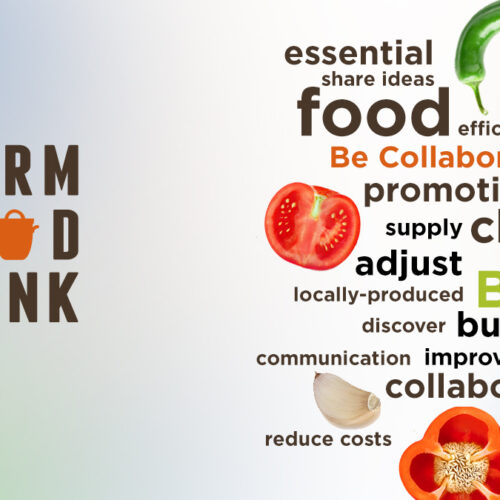How Photography Drives Sales in Food & Beverage Business
Have you ever scrolled past a blurry photo of what might have been amazing artisanal cheese? Or clicked away from a farmers market website because the images looked like they were taken with a decade-old phone in poor lighting? In our increasingly visual marketplace, your product photography isn’t just marketing support—it’s often the first and most powerful sales conversation you’ll have with potential customers.
The Economics of First Impressions
Here’s what we know about consumer behaviour: people make purchasing decisions within seconds of seeing a product image. For farm, food, and beverage businesses, this reality is particularly crucial because you’re selling experiences, freshness, and quality—intangible qualities that photos must somehow make tangible.
But does quality photography require a massive budget? Not necessarily. The key lies in understanding what quality means for your specific business context and customer expectations.
Think of photography as an investment with different tiers of return. A food producer selling premium aged cheeses online needs different visual standards than a farmers market vendor building local community connections. The question isn’t whether you need professional photography—it’s about matching your visual investment to your business goals and customer journey.
Strategic Visual Planning
Consider your photography needs as part of your overall strategy. You’ll need three distinct types of images, each serving different business functions.
Product photography showcases individual items with clarity and appeal—those crisp, well-lit shots that highlight texture, colour, and freshness. These images work best in your online store, social media posts, and marketing materials where customers need to trust what they’re buying sight unseen.
Lifestyle photography tells the story around your products, selling the experience and emotional connection. Picture your farm-fresh vegetables being prepared in a beautiful kitchen, or your craft beverage being enjoyed at a community gathering. These images excel in newsletters, website headers, and advertising campaigns where you’re building brand narrative.
Behind-the-scenes imagery builds credibility and authenticity—photos of your production process, your farmers market booth, or your team in action. These shots create the trust factor that’s increasingly important to today’s conscious consumers.



The Platform Reality Check
Different sales channels demand different visual approaches. Your website needs consistent, high-resolution images that load quickly and showcase products clearly. Print materials require even higher resolution and careful colour management. Social media thrives on authentic, engaging content that may prioritize storytelling over technical perfection.
Email newsletters fall somewhere in between—they need images that render well across devices while supporting your narrative flow. Understanding these technical requirements helps you make smarter investments in photography that actually serve your business goals.
Building Your Visual Brand System
The most successful farm, food, and beverage businesses treat their photography as a cohesive brand system. Your images should share a consistent style—whether bright and clean, or rustic and warm—that reflects your brand personality across all customer touchpoints.
How often should you refresh your visual library? Think strategically about your business cycles. Seasonal producers might need quarterly updates to showcase peak freshness. Specialty food producers with consistent products can invest in a solid photo library that serves them for a year or more, with periodic additions for new products or seasonal campaigns.
The Bottom Line Investment
Quality photography—whether professional or well-executed DIY—is one of the highest-return investments you can make in your business. In a marketplace where customers have endless options, your visual story often determines whether they choose your farmers market booth, click through your website, or pick your product off the shelf.
The question isn’t whether you can afford quality photography. It’s whether you can afford to let poor visuals undermine all the care, quality, and passion you put into your products.




